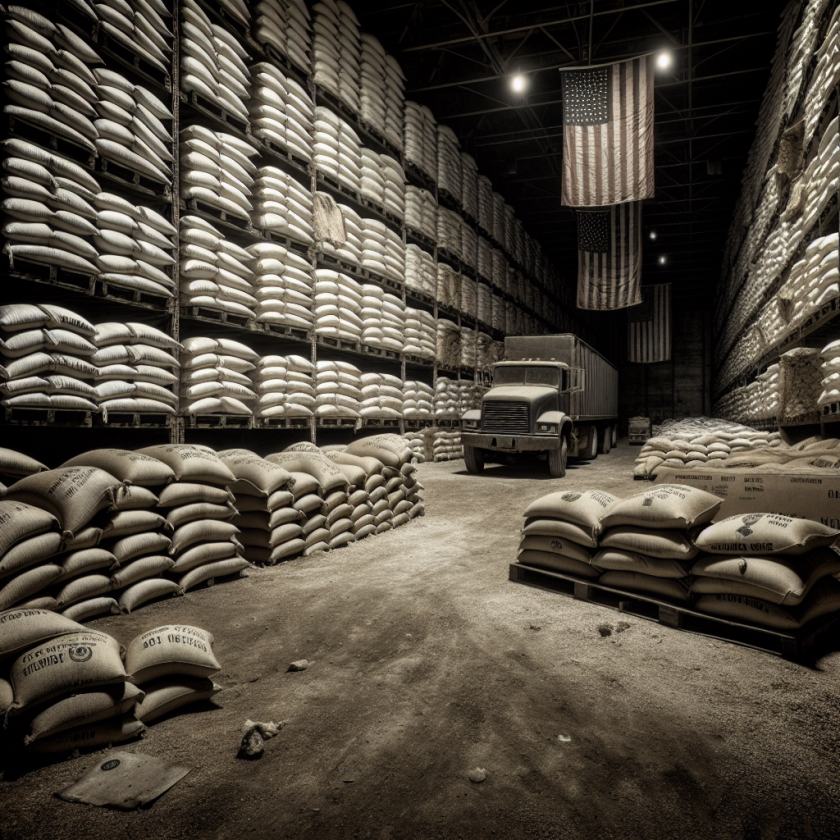Pakistan’s Attempt to Redefine the Line of Control: The Siachen and Kargil Saga
Pakistan’s Attempt to Redefine the Line of Control: The Siachen and Kargil Saga
Background
The Line of Control (LoC) between India and Pakistan has been a longstanding point of contention, particularly in the regions of Siachen and Kargil. These areas have witnessed significant military engagements, with both nations vying for strategic advantage.
The Siachen Conflict
The Siachen Glacier, located in the eastern Karakoram range, is the highest battleground on Earth. The conflict over this region began in 1984 when India launched Operation Meghdoot to preempt Pakistan’s plans to occupy the glacier.
- Strategic Importance: Control over Siachen provides a vantage point over the surrounding areas.
- Environmental Challenges: The harsh climate and terrain make military operations extremely difficult.
- Current Status: India maintains control, with ongoing negotiations failing to reach a resolution.
The Kargil Conflict
The Kargil War in 1999 was a significant military conflict initiated by Pakistan’s infiltration into Indian territory. This conflict highlighted the volatility of the LoC and the potential for escalation.
- Surprise Infiltration: Pakistani forces occupied strategic peaks in the Kargil district.
- International Attention: The conflict drew global attention, with diplomatic pressure on Pakistan to withdraw.
- Outcome: India successfully regained control, but tensions remain high.
Current Developments
Recent attempts by Pakistan to redefine the LoC have reignited tensions. Diplomatic efforts continue, but the complex history and strategic interests make resolution challenging.
- Diplomatic Talks: Ongoing negotiations aim to establish a lasting peace.
- Military Preparedness: Both nations maintain a strong military presence in the region.
- International Mediation: Calls for third-party mediation have been met with mixed responses.
Conclusion
The Siachen and Kargil regions remain flashpoints in Indo-Pakistani relations. While diplomatic efforts persist, the strategic importance and historical context of these areas complicate the path to peace. Continued dialogue and international engagement are crucial to preventing further conflict.





































